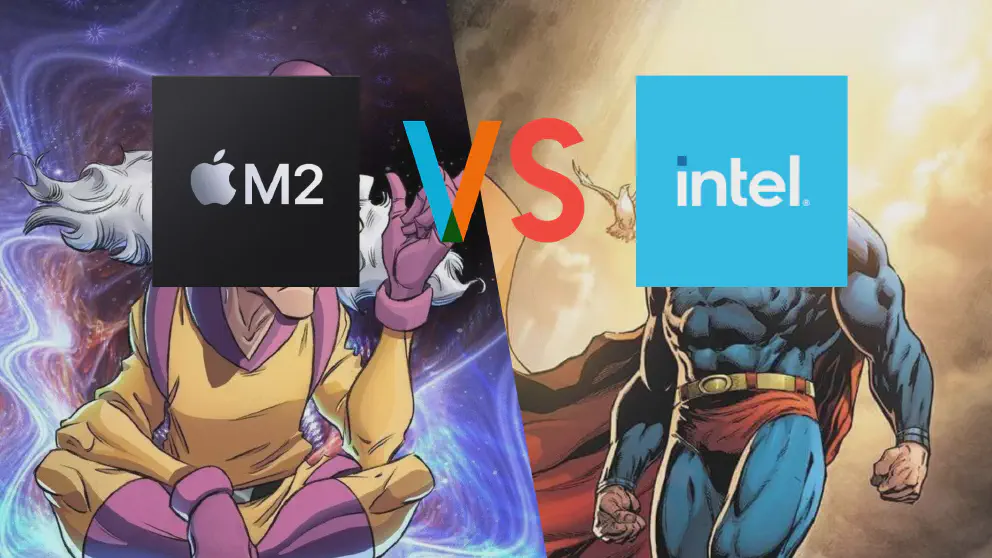When Apple announced in WWDC 2020 that they are moving away from Intel to their own solution called Apple Silicon, there were doubters about how good the new chips will be. Sure, the iPhone and iPads are pretty good, but to take on the master at their own game, which is Intel in laptops and desktops, that is a tall order.
M1 came and actually “beat” the flagship at that time, the Core i9-10900HK which surprised the industry. Intel has been kicked in the nether regions and they have to scramble. Intel cannot afford any more fumbles as it did with the move to 7nm process. Intel eventually recovered with the Core i9-12900HK which showcased Intel’s great departure from the dogma. Now Apple has come full circle with the transition with the introduction of the 2nd generation Apple Silicon: the M2. Can Apple repeat the miracle and beat the goliath which is Intel?
Note: We also compared the M2 against more mainstream processor like the Intel i7 and i5 which can be read here.
Apple M2
More detailed info about M2 can be found here
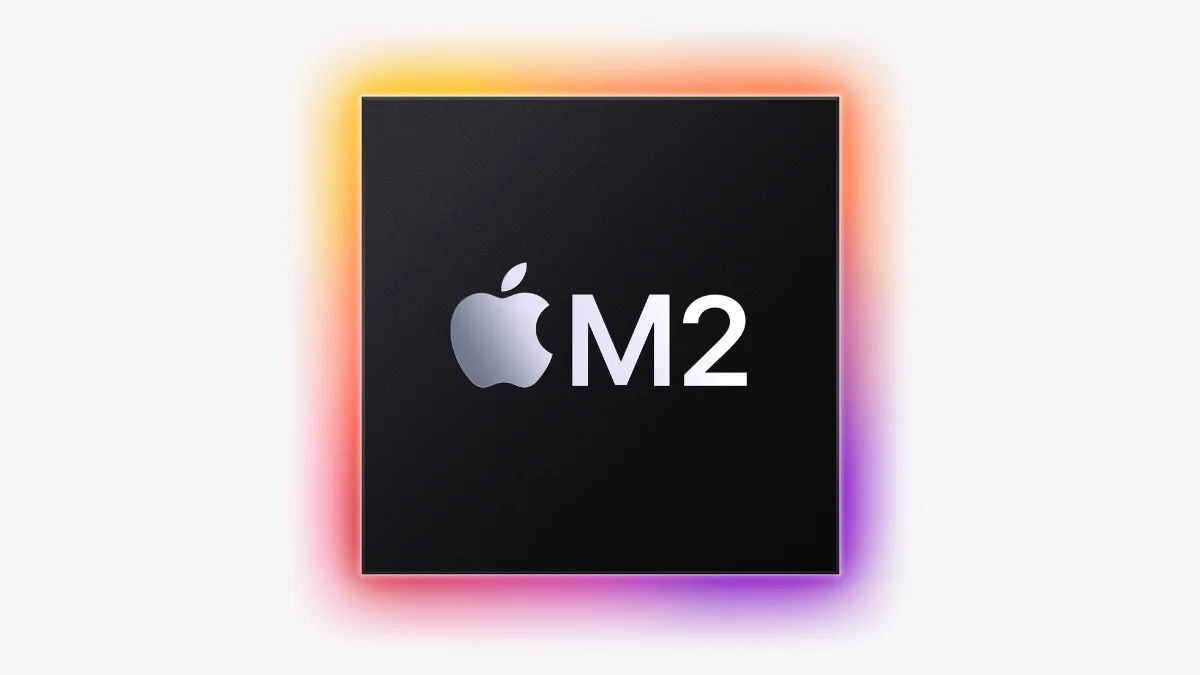
Despite all the sexy looks that we get from the Pro and Ultra chips, the M2 is the most important chip for Apple. The M2 first and foremost, is the volume seller for Macs. Therefore, Apple will try to put the M2 in as many devices as possible from iPads and all the way to their best selling laptops. The M2 also serves as the basis for all the “professional” SOC that Apple will soon introduce. So whatever improvements, optimization and tricks that Apple learns from M2, it will trickle down to the M2 Pro, Max, Ultra and eventually Extreme. So to say that the M2 is very important is an understatement.
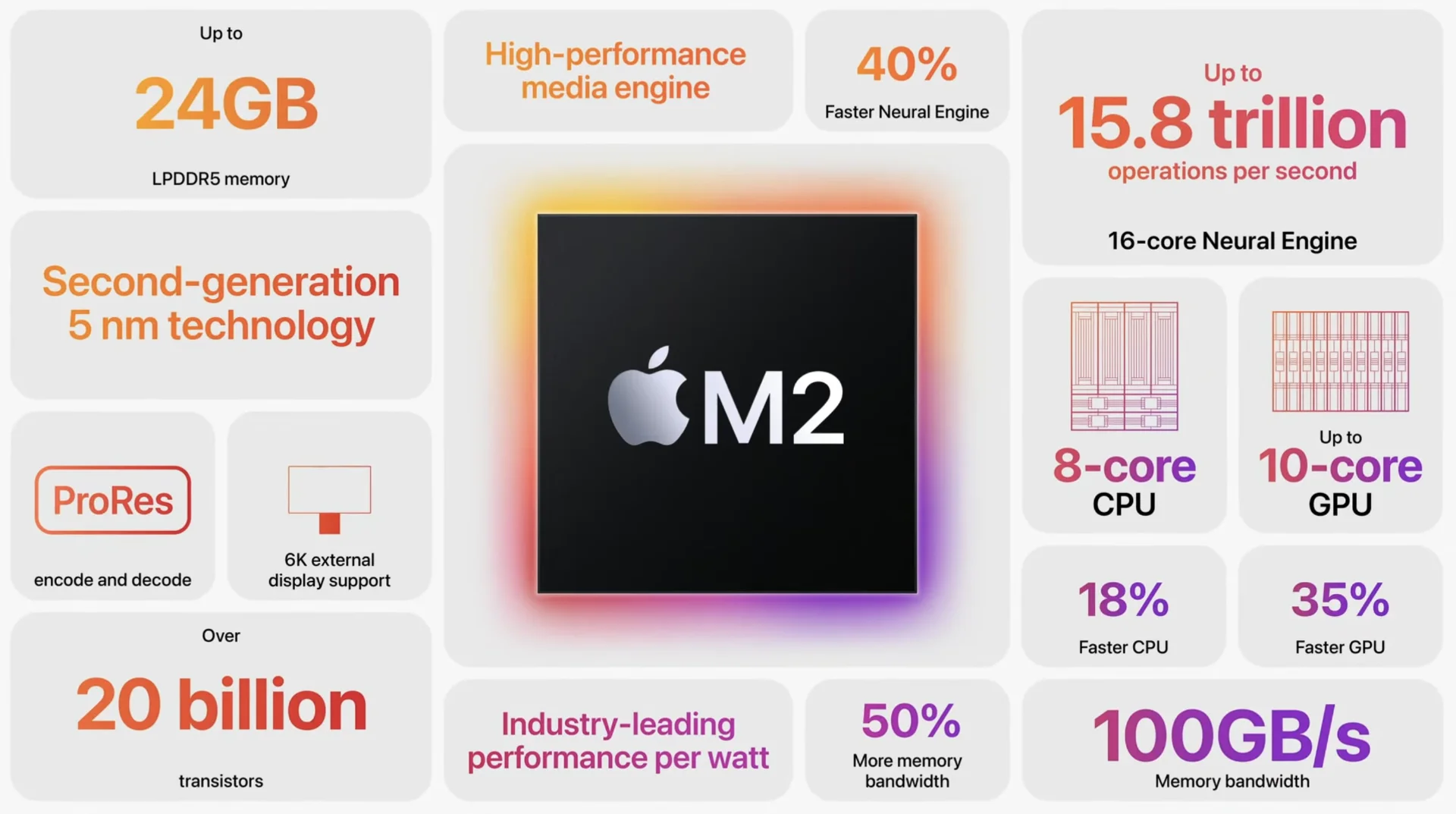
The approach that Apple made on the M2 is two-fold: spec bump the M1 and use the lesson learned from the M1 generation and transfer it to the M2. The M2 has the same 8-core CPU layout from the M1 but 18% performance improvement as claimed by Apple. The GPU is now 10-core with the 8-core binned version as standard. The Neural engine is still the same 16-core layout but can do over 30% more calculations. I/O is also improved with 50% more memory bandwidth and 50% higher supported memory capacity. All this thanks to higher capacity memory modules.
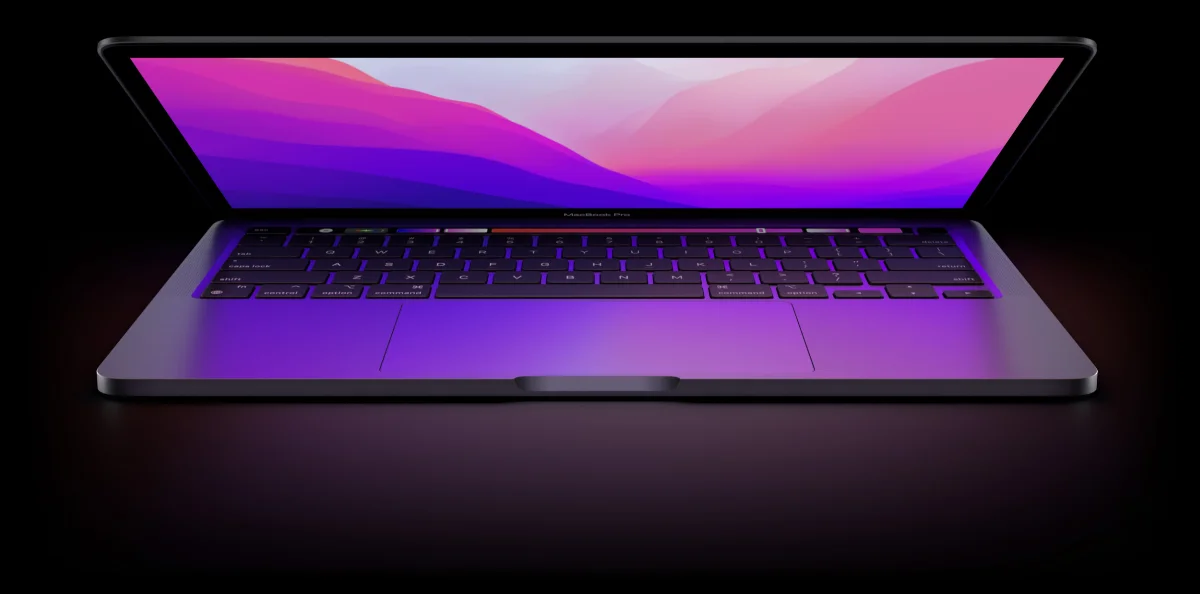
Still, the chassis that is shipped with the M2 pretty much have the same specs (and some say limitations) of the M1: Dual USB-C ports, one 6K external monitor support, thin and light chassis.
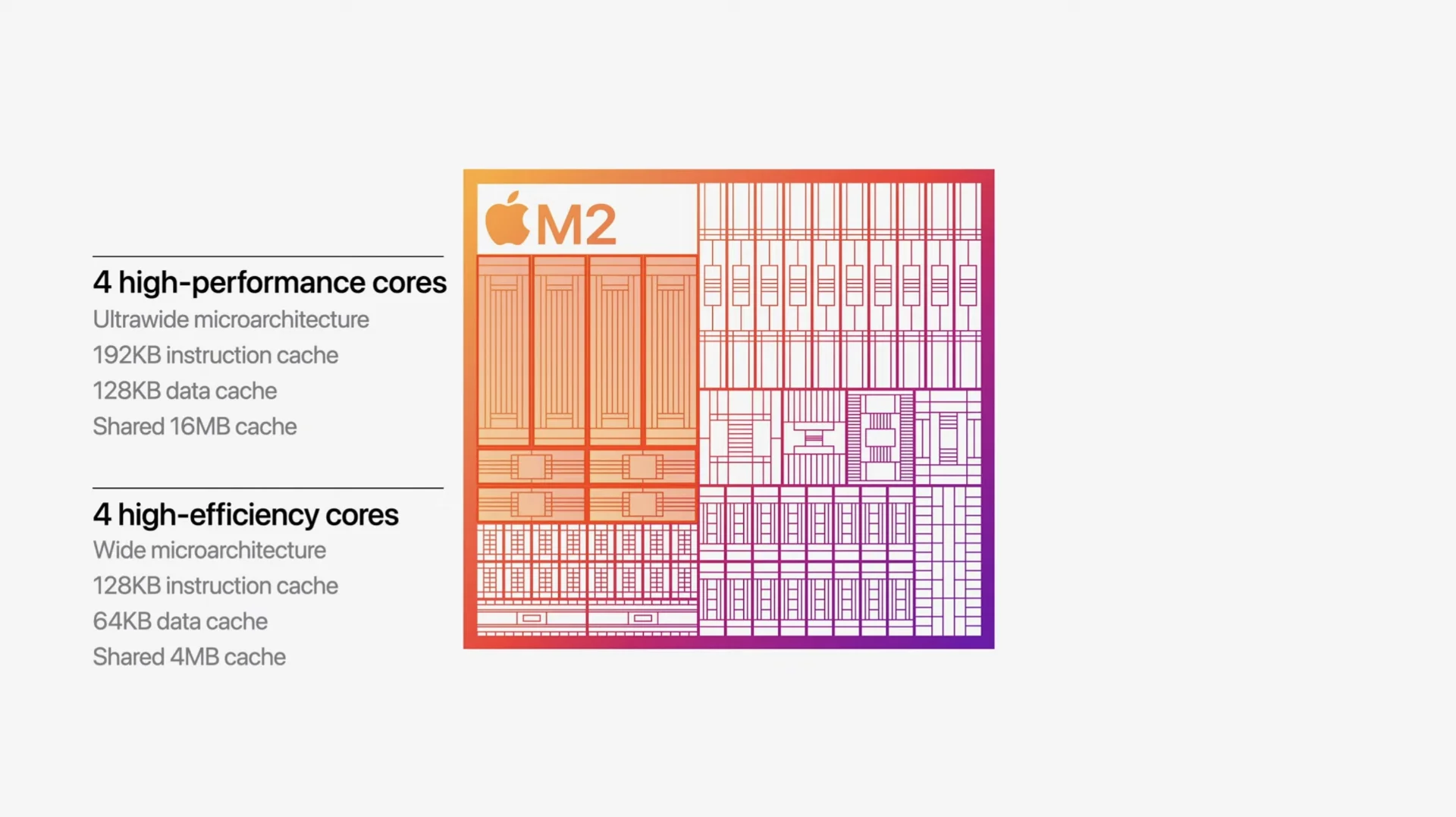
Intel Core i9 12th Generation
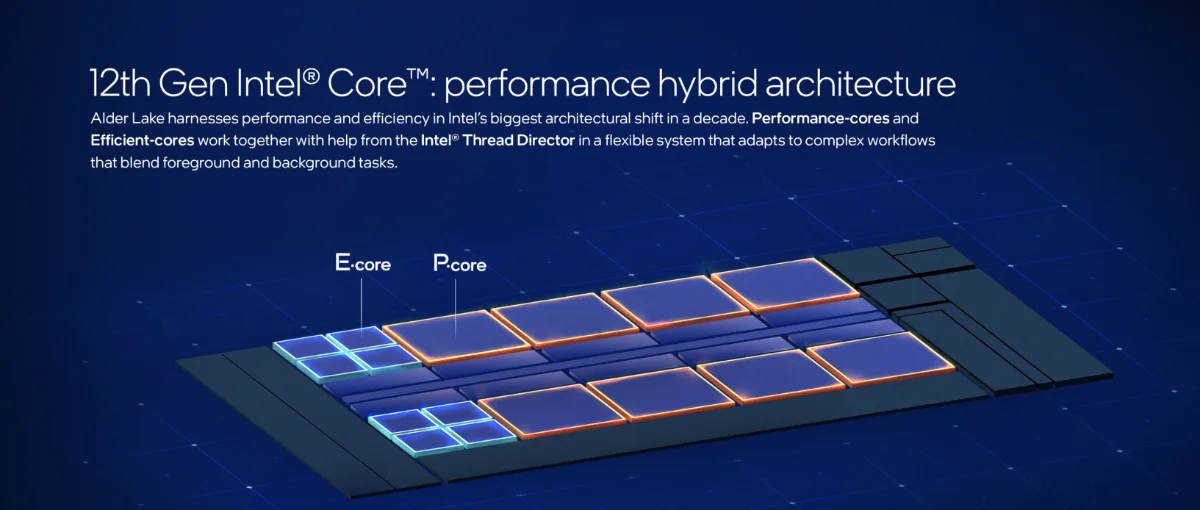
Since Apple introduced the M1 in late 2020, Intel’s world has been shaken to the core. Yes, at that point, Intel has been suffering from a manufacturing problem trying to move away from the 10nm manufacturing process and AMD has been catching up and making headlines with their Ryzen processor. Then the M1 launched and completely changed the game. Seeing a $600 laptop chip from Intel get trashed by a base M1 SOC (which an entire Mac Mini just cost $699 at launch), it’s not only a wake up call for Intel, but a kick in the place where the sun doesn’t shine.
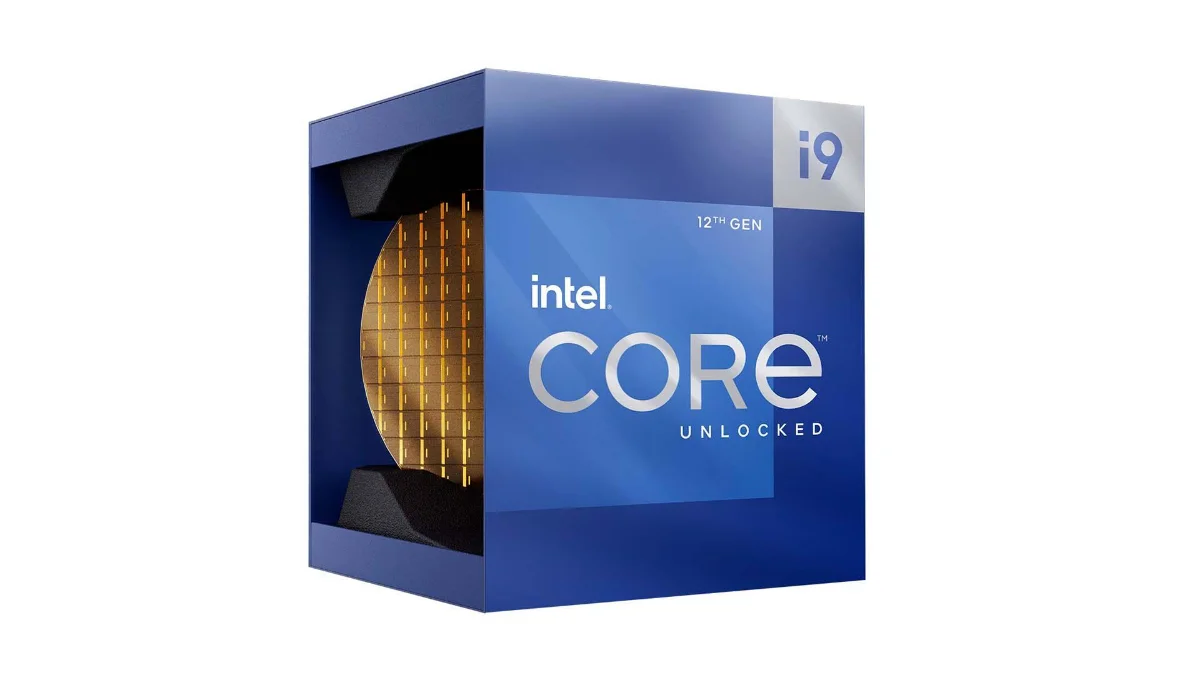
So the empire has struck back and the 12th generation is a great departure from Intel’s previous iteration. Intel has basically ripped the playbook and instead of dominating the industry like it was in the early 2000s, Intel now has to play catch up.
The Intel Core i9-12900HK represent the best mobile chip from Intel. And like I said before, Intel has completely rewritten the chip for this generation. It’s the first time that Intel introduced hybrid cores for computing. 6 performance cores which can handle 2 threads at one and 8 efficiency cores that do 1 thread at a time. Intel Thread Director which informs the operating system which cores to use. Neural accelerators to speed up Machine Learning tasks. And to top it all off, the most powerful integrated graphic chip put on a mobile Intel Chip, the Intel Xe graphic cores.
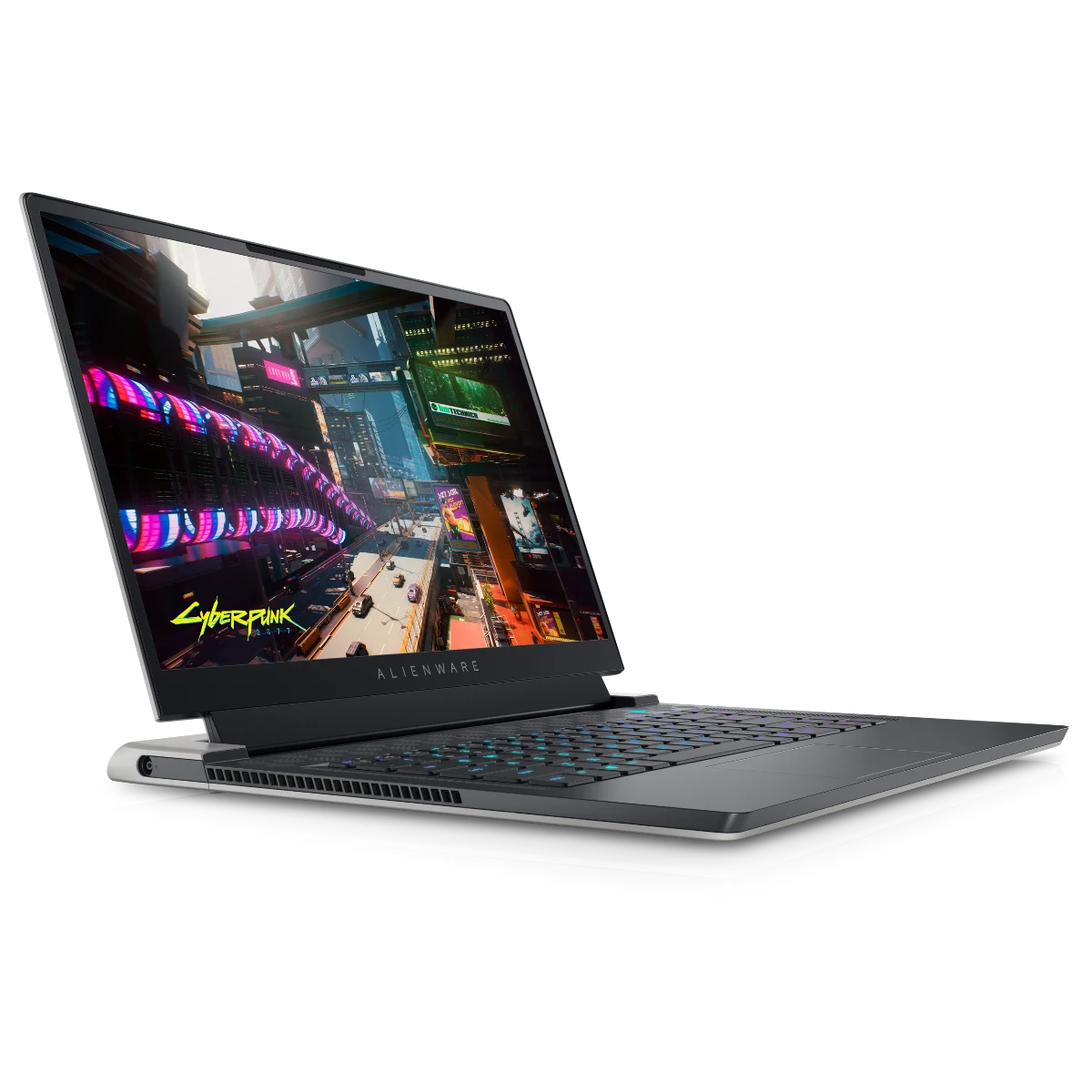
If this sounds like Intel basically copied Apple’s homework, you are right to think so. After all, Apple is the customer that begged Intel to put integrated graphics cores on their mobile chip, so you can bet that Intel and Apple engineers have collaborated to build the foundations of both chips.
Performance
When looking at performance benchmarks, you have to remember, benchmarks are not everything. What it does in the end is more important. Benchmark is one data point that shows the performance of the chip, but the entire system setup is also important. A fast chip but with a slow memory can bottleneck the performance of the processor and a overpowered graphic card will have nothing to do if the processor cannot keep up.
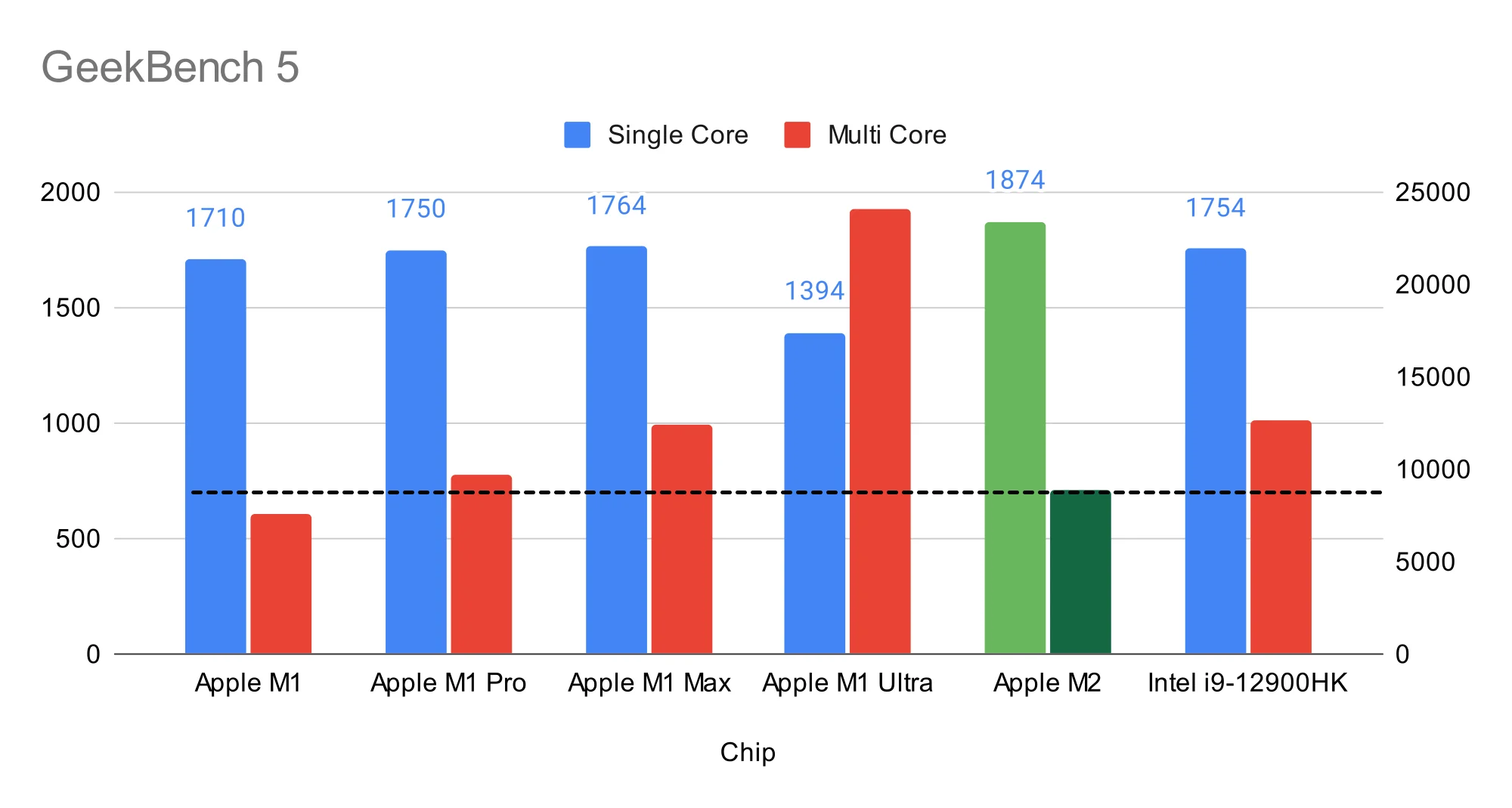
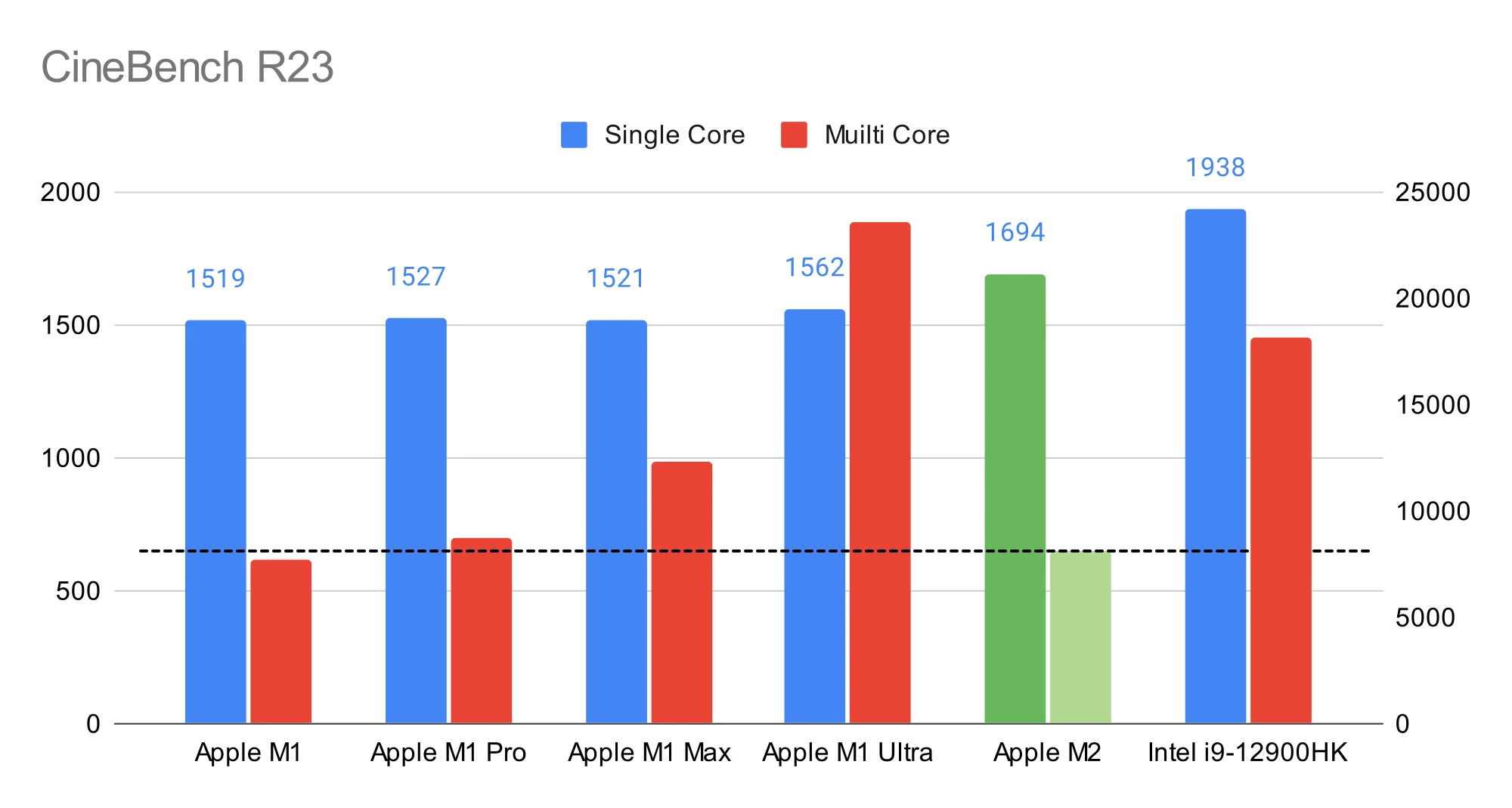

Based on synthetic benchmarks, the M2 is quite competitive with Intel’s flagship on single core tasks while the Intel simply outperforms on multicore tests as expected. The graphic benchmarks are where things get interesting. While Intel’s Xe graphics on the Intel Core i9-12900HK is the most powerful integrated graphic from Intel to date, it can’t even beat the performance of the M1, a chip that was released two years ago by Apple.

Conclusion
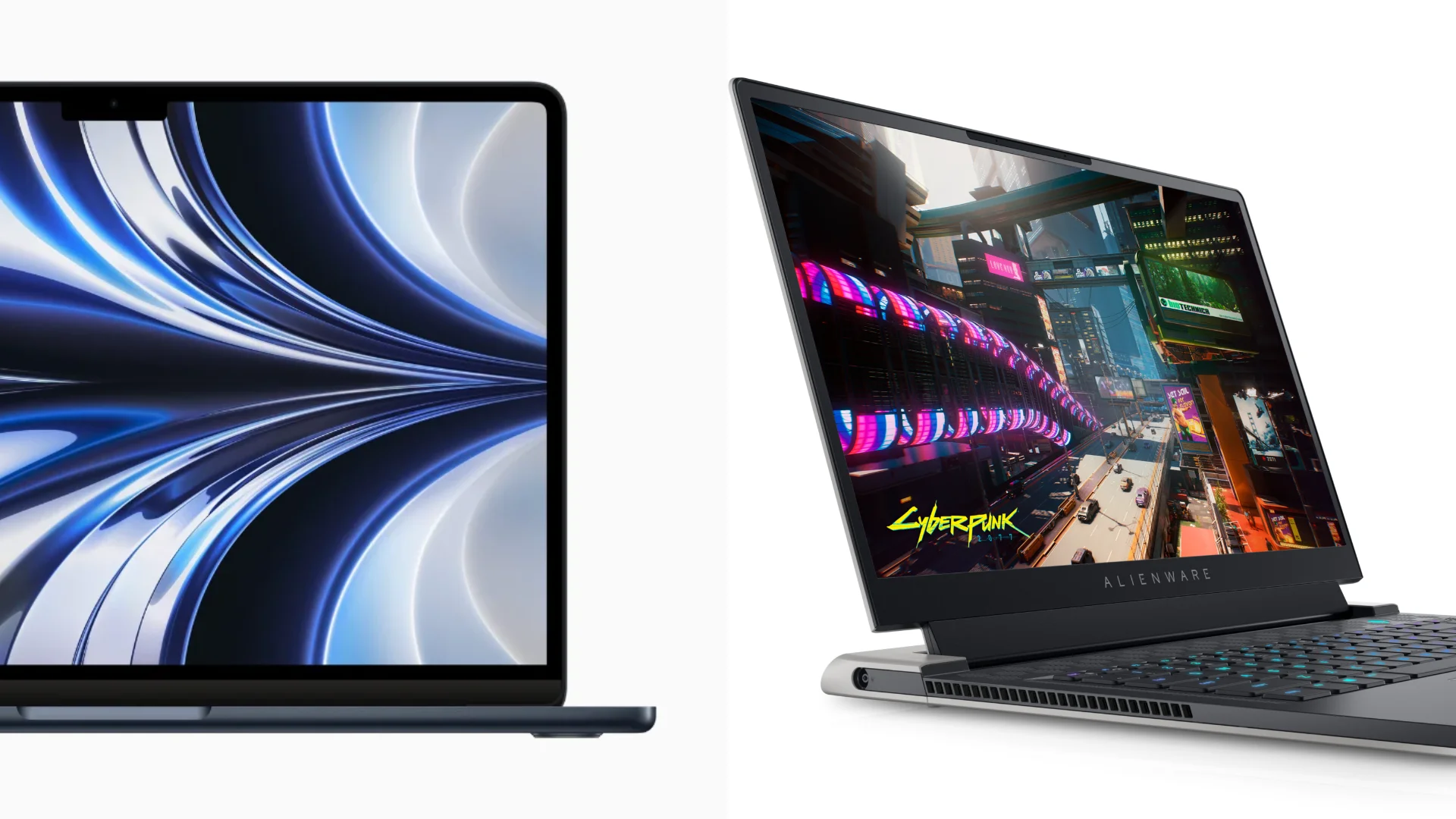
With TDP of only around 15 watts for compute and around 20 watts for GPU, the M2 is a seriously efficient chip for what it’s worth. It also shows the massive difference between Apple and Intel’s approach to ultimate performance. Apple’s focus is to deliver more performance at its self-imposed power usage, while Intel is performance at any cost, power be damned. What you get in the end is one powerful but efficient chip and the other is slightly more powerful but very power hungry mobile chip
The conclusion that can be drawn from this is that the M2 is a better mobile processor. Having an air cooled processor that can actually do 4K video editing and almost keep up with a monster gaming laptop like the Alienware x15, that already shows the advanced technology that Apple has. So Intel won this battle by sending the flagship, but Apple won the war because Apple in the end, has the best laptop on the market.
Plug
Support this free website by visiting my Amazon affiliate links. Any purchase you make will give me a cut without any extra cost to you
- Mac Mini M1 - Amazon USA / Amazon UK
- iMac 24" M1 - Amazon USA / Amazon UK
- Mac Studio - Amazon USA
- MacBook Air M1 - Amazon USA / Amazon UK
- MacBook Pro 13" M1 - Amazon USA / Amazon UK
- MacBook Pro 14" M1 Pro / M1 Max - Amazon USA / Amazon UK
- MacBook Pro 16" M1 Pro / M1 Max - Amazon USA / Amazon UK
- Accessories:-
- Wireless earphones / headphones:-
- AirPods - Amazon USA / Amazon UK
- AirPods Pro - Amazon USA / Amazon UK
- AirPods Max - Amazon USA / Amazon UK
- Buyer's Guide:-
